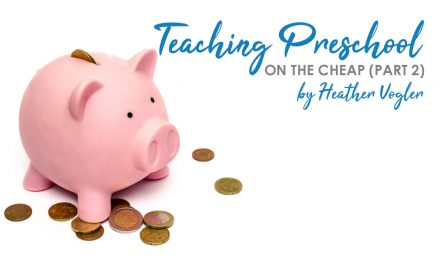We offer these comparisons with the goal of helping our customers find the perfect F-A-M-I-L-Y fit. [Faith/Philosophy; Approach; Money; Individual; Life; and You – see the Choosing Curriculum workshop for additional information.] Rather than a recommendation for any particular program, they provide a look at similarities and differences. Order of mention is not indicative of preference.
With their abundance of Es, Is and Ws (IEW vs EIW), these two writing programs are easily confused.
The Institute for Excellence in Writing (IEW) has two “flagship” video courses – Teaching Writing Structure and Style (TWSS) and Student Writing Intensive/Student Writing Intensive Continuation Course (SWI/SWICC). TWSS is directed to parents/teachers and provides training in the IEW writing instructional units. SWI/SWICC are courses directed to students (at three levels) and together also cover instruction in those writing units. Expanding from these, there are theme-based writing lessons, a grammar series, spelling and vocabulary programs, beginning language arts (reading/writing) courses, literature/poetry/speech courses, and various other related courses. Andrew Pudewa, founder, is IEW’s video instructor and has delighted audiences of all ages with his engaging, slightly quirky demeanor and easy-to-assimilate information.
Essentials in Writing (EIW or Essentials) provides a series of grade-level video-based courses for grades 1-12. Video lessons coupled with workbooks provide instruction and practice. After producing a complete scope and sequence of writing (grammar integrated) courses, the author/publisher is now developing a series of video-based literature courses (currently available for grades 7, 8, 9, & 10). Matthew Stevens, founder/instructor, is a veteran educator with experience in both elementary and secondary classrooms. His methodology is both straight-forward and informative with well-organized courses.
Video-based instruction seems to be the common denominator between these two programs but the videos in each series serve different purposes. With IEW, video instruction is directed initially to the parent/teacher, giving them the tools they need to successively teach writing. The student videos are seminar-style, designed to give a shot-in-the-arm dose of writing techniques that are then subsequently practiced through assignments provided in an attached syllabus. Follow-up courses (theme-based writing lessons) are non-video courses and based on teacher-student interaction. With Essentials, video instruction is part of daily lessons for the entire year-long course and directed toward the student. Students then have assignments (workbook based) to complete daily, some of which are on-going projects. Courses are designed to cover the writing and grammar portions of yearly English/Language Arts requirements.
In terms of methodology, Essentials writing instruction focuses on the writing process, the forms of writing, and traits of good writing. It provides systematic and step-by-step instruction through sentence construction, paragraph construction, essay/story construction, and research. Instruction is spiraled through the grade levels with some review and some building/new material at each level. In contrast, IEW instruction focuses on the structure and stylistic elements of writing, initially identifying key words and providing quick tricks (i.e. sentence openers) but later expanding into rewriting from notes and essay and story construction. The video-based SWI/SWICC courses introduce the author’s nine writing units but continued instruction in these units is covered in the parent/teacher-led, theme-based writing lessons with some courses like Elegant Essay and Writing Research Papers focusing on very specific skill sets.
In many ways, over the years, these two excellent writing curricula accomplish similar goals although they might seem quite different. Either is a strong choice for writing instruction. Both have the option of companion literature courses for some grades (9-12 for IEW; 7-10 for Essentials). If you’re looking for a consistent year-by-year program with minimal parental teacher prep and involvement, then you are likely to prefer Essentials. Courses include integrated grammar as well as included grading rubrics. The author also offers a paper-grading service (for grades 7-12 at an additional fee) through his website. If you are looking to educate yourself in writing instruction or for a way to jump start a reluctant writer, then IEW might be the preferred choice. A particular strength of IEW is giving the student writer some handy, easily adopted tools that immediately improve their ability to write interesting papers. Both programs have enthusiastic followers.
~ Janice





